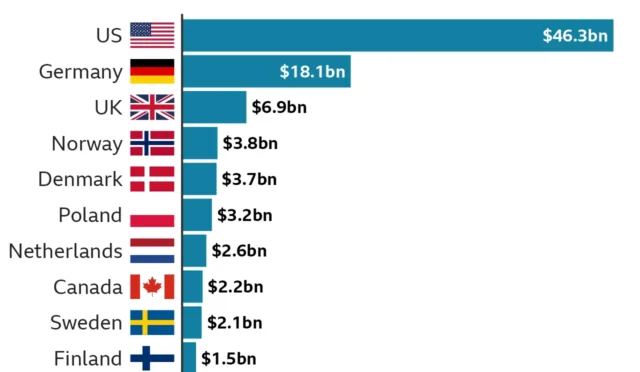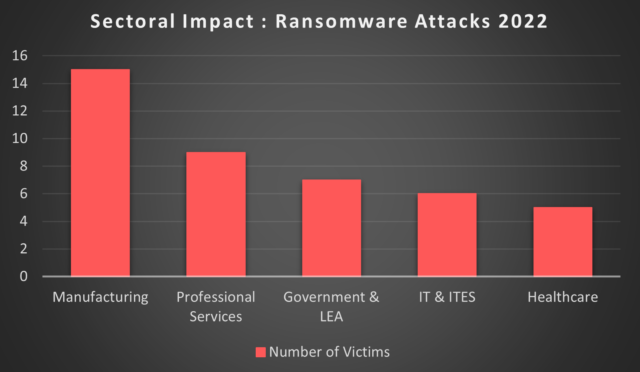Arida-M Autonomous Vessel: A Breakthrough in Marine Defense
Anadolu Robotik, a pioneering Turkish marine engineering company, has officially embarked on sea trials for its innovative Arida-M counter-unmanned surface vessel (USV). This significant milestone follows the completion of the vessel’s initial development stage, which was first showcased to potential customers during a defense exhibition in Istanbul in 2024. Recent documentation has revealed images of the Arida-M being launched from a dock, demonstrating its impressive speed capabilities during testing.
The company shared exciting updates on social media, stating, “We are continuing sea trials with Arida-M, Türkiye’s first fully indigenous autonomous USV, and preparing for the demonstration phase of Phase 1.” With speeds exceeding 50 knots (93 kilometers per hour or 58 miles per hour) and full autonomous operational capabilities, the Arida-M is designed to enhance security in national waters, representing a promising advancement in maritime defense technology.
Introducing the Arida-M Autonomous Boat
Developed in collaboration with Sekizaltmış Technology, based in Bilişim Vadisi, the Arida-M is tailored for autonomous missions and patrol operations. This cutting-edge vessel employs Anadolu’s proprietary “Muhafız” technology, which synergizes sensor and communication capabilities to detect potential threats, particularly kamikaze systems targeting allied maritime assets.
Spanning 5 meters in length (approximately 16 feet) and 1.3 meters in width (about 4.2 feet), the Arida-M has a payload capacity of 30 kilograms (66 pounds). Its base variant, the Arida, features a larger hull that enables it to undertake various missions, including search and rescue, cargo transport, scientific research, and surveillance, with a capacity to carry equipment weighing up to 670 kilograms (1,477 pounds) and a communication range of 40 kilometers (25 miles).
Addressing Emerging Vulnerabilities in Warfare
Ahmet Musab Yıldız, CEO of Anadolu Robotik, recently discussed the emergence of the Arida-M in an interview with Naval News, shedding light on how insights from international conflicts influenced its design. Yıldız noted that many existing counter-USV systems only proved effective against larger enemy platforms, highlighting a gap in the ability to address smaller, faster threats.
“Upon analyzing the efficiency of these systems, we recognized that their small size and high speeds significantly complicated detection and neutralization efforts,” Yıldız stated. He pointed out that the rise of kamikaze USVs as an asymmetric threat since 2015 has exposed vulnerabilities within current defense mechanisms, referencing the critical lessons observed from recent conflicts like the Russo-Ukrainian War and the tactics employed by Houthi forces in the Red Sea targeting merchant vessels.







